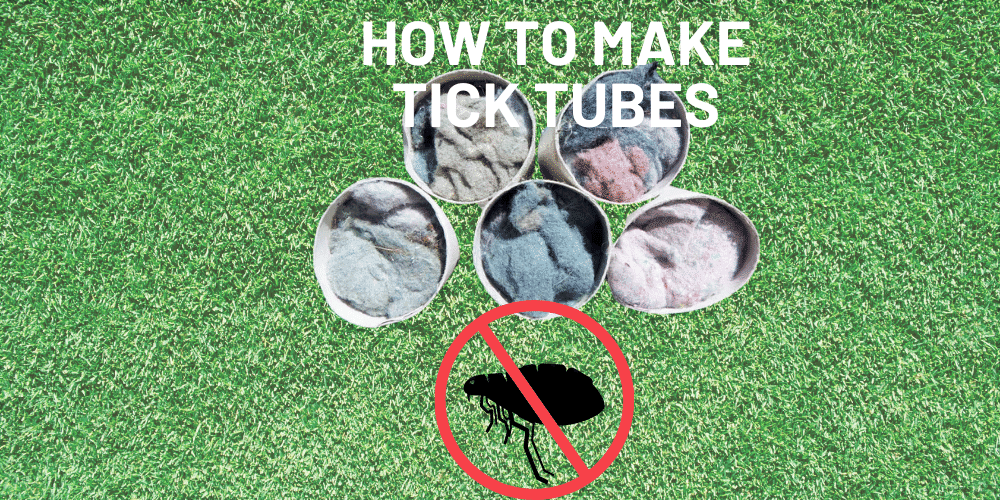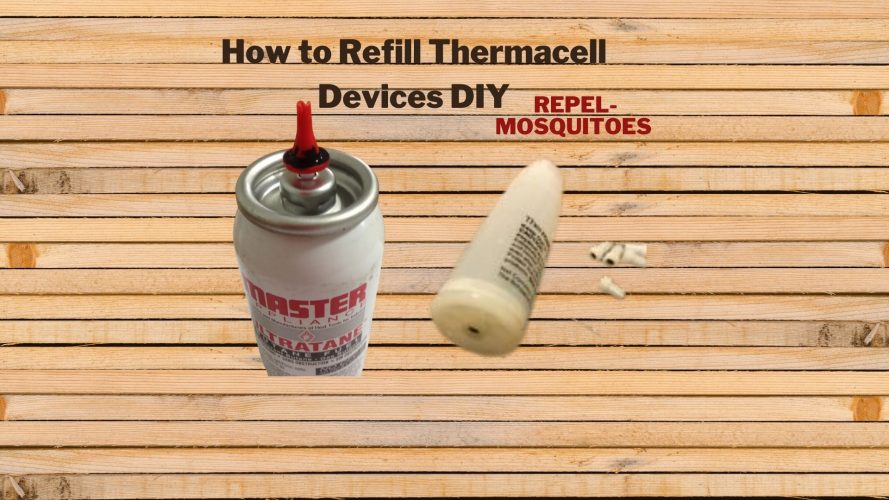In the arid Southwest, you may be wondering, “Are There Mosquitoes in the Desert?” The answer is yes! In the dry, arid conditions of the Southwest, mosquitoes breed in stagnant pools of water, such as in deserts and ponds. They will survive months or years without rain, and hatch after the rain comes.
In fact, some types of mosquitoes can live in the desert for years.
Although mosquitoes do not live in arid deserts, they do exist in Africa, where seasonal rains submerge dried-out mosquito eggs in a potentially aquatic environment. While there are many species of insects in Africa, the Sahara has the most diverse ecosystem of any continent.
These insect pests can destroy a wide range of crops, including crops that are grown in arid conditions. While the climate in the desert is relatively warm, there is still a risk of malaria transmission.
Fortunately, the weather in the Desert is a milder climate than in many other parts of the world. However, the desert climate doesn’t prevent mosquitoes from living in the open. The temperatures are still hot and dry, and many homeowners leave their homes unoccupied for longer periods of time, which results in an increased mosquito population.
The temperature is so high that the insects breed quickly, and even the larvae can be a nuisance if you’re prone to mosquito bites.
Arizona has a number of mosquitoes, and although they don’t transmit diseases, they can be quite annoying. Fortunately, most types of mosquitoes don’t transmit disease, but they can transmit West Nile Virus to humans. If you’re afraid of the potential risk of infection, you should use EPA-approved repellents. It is important to take measures to avoid getting bitten by mosquitoes if you visit the area.
While the American Southwest is not known for its abundant water sources, the region is known for its dense urbanization. Because of this, it has a large number of mosquitoes, which can lead to the development of mosquito-borne diseases. Therefore, it’s important to take steps to reduce the mosquito population in urban areas. Moreover, it’s wise to keep an eye on the mosquitoes.
If you’re wondering, “Are There Mosquitoes in the Desert?” is an important question to ask. These insects live in the desert and have the potential to spread diseases.
They’re a common nuisance in urban areas. Besides, they can cause discomfort. And they can even be life-threatening. For example, in the UAE, the Aedes aegypti mosquito has two types of viruses: the Bagaza virus and the Zika virus.
Despite the arid climate, mosquitoes can cause serious diseases. The Aedes aegypti mosquito is the most commonly reported mosquito in the desert. During the summer, this species typically lives in burrows and feeds on other animals’ blood. During the winter, they’re in their burrows, which can be dangerous for human health.
The population of mosquitoes in the desert is small and mostly confined to the Coachella Valley.
There are a number of mosquito species in the desert, including the western encephalitis mosquito, which is the primary vector of the St. Louis encephalitis virus. While most species of mosquitoes prefer birds, they can also attack humans and horses.
If you’re living in the Sahel, you should be careful of these mosquitoes and keep them away from your family.
There are over 3,500 different species of mosquitoes in the world, including 13 species in the Coachella Valley.
Female mosquitoes use body odor, and temperature to find targets. They can lay up to 300 eggs per day. This means that mosquitoes can spread diseases from one region to another. Luckily, insects are not inherently dangerous, but they can be quite irritating.
The mosquito population in the desert is largely confined to the desert. In the desert, the Anopheles species An. pharoensis are migratory, and they cross the 100 km line every year.
This means that you’re probably able to see some mosquitoes, but you should avoid going out at night. The majority of the mosquitoes live in urban areas, so if you live in a desert, you should take precautions to avoid the risk of infection.
Mosquito Larvae Control: How and Why to Get Rid of Them
How Do Temperature and Weather Affect the Number of Mosquitoes?
Are Mosquito Repellent Sprays Safe?
Why Mosquitoes Will Love You If You Drink Beer
Mosquito Repellent Scented Candles: Do They Work?
Is Climate Change Making Mosquito Season Longer?
DEET Mosquitoes Repellents Explained
Are There Mosquitoes in the Desert?
Coffee: The Future of Mosquito Control



